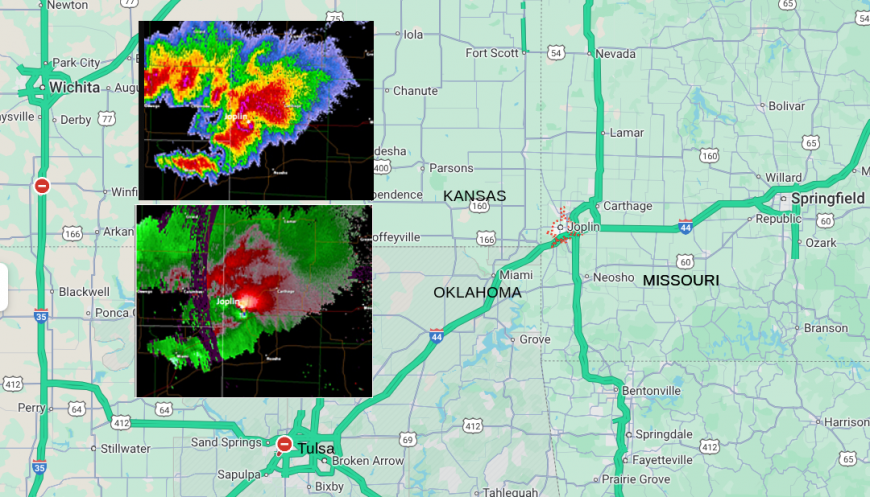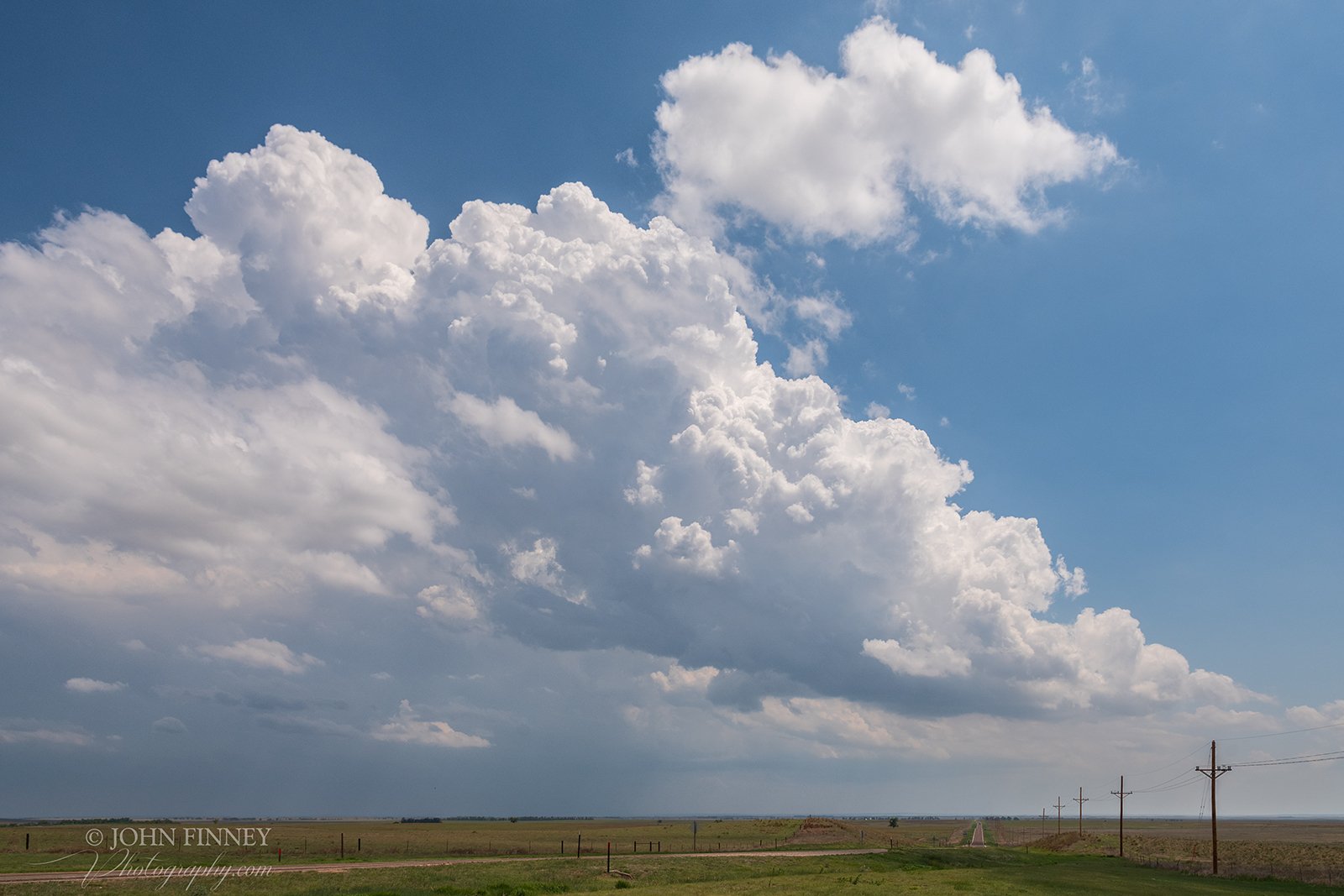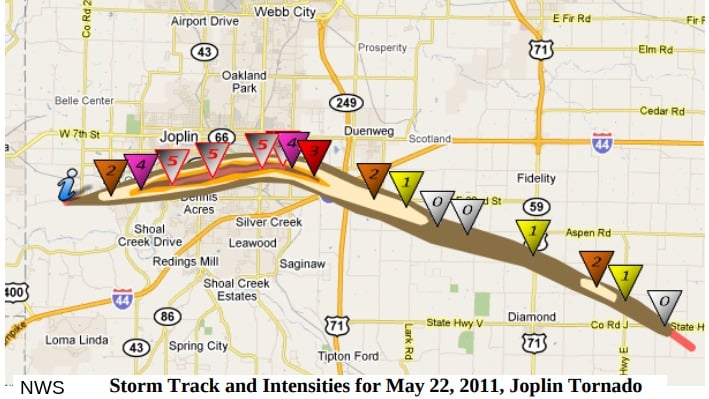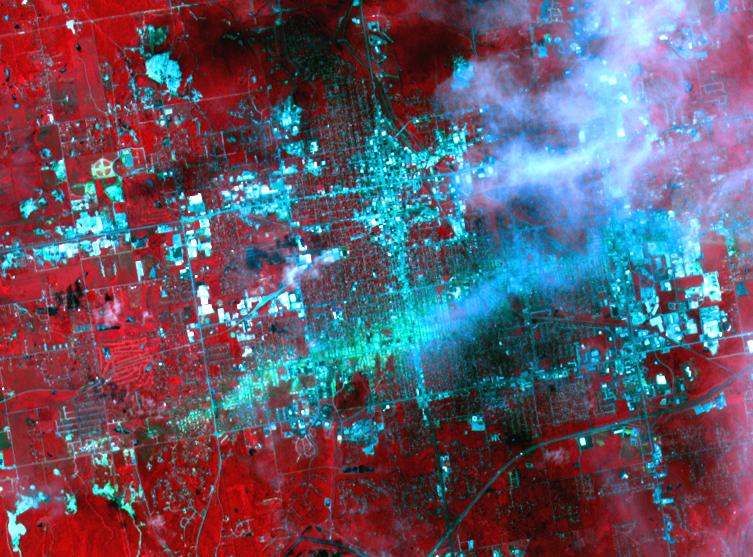
Extreme weather enables extraordinary video and photos, but sometimes events are so devastating that the stories and scenes bring chills to viewers. The Joplin 2011 tornado was one such event.
The Twister - Caught in the Storm is a new Netflix documentary about the Joplin tornado of May 2011. It follows the experiences of Joplin High School students, some of whom had just walked out of their graduation ceremony to hear tornado sirens blaring, and other local young people.
“The tornado that hit Joplin, Missouri on May 22, 2011 was an EF5. [The highest rating on a scale of wind estimates (not measurements) based on damage - NOAA’s Storm Prediction Centre] It began at 5:41 PM local time and lasted for 32 minutes. It touched down first in the southern part of the city, and tracked eastward, causing damage for 13 miles. At its widest point, the path of the tornado stretched a full mile.”

The poignant focus of the film surrounds the impacts of a day which was supposed to the start of these students' lives as young adults. Leaving the steady, familiar environment of High School and embarking on new adventures. Instead, as they left their off-campus graduation ceremony at nearby Missouri Southern State University, the deadliest tornado in the United States since 1947, was heading their way. If you are planning on watching the film, there are spoilers ahead.

The film follows several teenagers’ experiences from May 22nd. Mac, Kaylee and her brother Eric, who often would head out chasing storms for something to do, as they live on the outskirts of Tornado Alley.
The initiation and mescyclone footage shown as this group is introduced was filmed by John Finney, and although it was not from Joplin in 2011, it ominously sets the scene.
Those who have been on a Weather Holidays storm chasing trip may have met photographer John and seen his stunning work. As often happens, John didn't realise that his footage had been acquired from an agency until he was watching the film and saw his work. It is also his photo that is part of the title image displayed on the Netflix programme list.

“The chase day in question was Tour 2, on 29th May 2018. The chase began south of Kansas and continued into Oklahoma. The main supercell thunderstorm developed near Waynoka, though the time-lapse was shot closer to Enid, OK.” John F
In the film, there is Chad, the young budding weather presenter who has coincidentally headed to Joplin with his mom that day to visit Doug Heady from KOAM Joplin, as Chad was getting bored with the steady weather in home town San Diego. However, Doug has one of his most significant television shifts ever as Chad watches the sky from a diner in another part of town.
Cecil reflects on his experience, working at a Yogurt diner but helping customers hide with the huge emotional and psychological pressure that he felt being religious, and gay, in Bible Belt America, when encountering an “Act of God”. How scared he was as this event unfolded, stating, “When was God gonna come take me away?”
Keegan was one of the many students who graduated from Joplin High School that day. His Dad worked with the emergency services and had instilled in his family routines and drills of what to do when the sirens went off. There were regular practices at school of positions to adopt in shelter, but often when the sirens sounded, people would just carry on “business as usual”.

With the huge amount of space in the Midwest, they might think 'Will a storm actually affect me today?' This was a monster storm, but it was a rain-wrapped wedge tornado. Where was the actual tornado? It was hidden from view in dark skies and a wall of torrential rain.


I asked Paul Botten, chase lead for Weather Holidays and seasoned Storm Chaser, about the film.
“I thought the documentary was really well made and showed that day in it's true light, just one niggle for me was the girl saying about the eye and waiting for the 2nd half, that's her thinking about either a hurricane or the first twister movie, looking up at the Tornado for example, this was clearly not the case with Joplin as it was heavily rain wrapped.”
Tour 2 had been in Joplin two days before, and there was disbelief within the Netweather forum from the guests and staff about places they had just visited that had now been obliterated.

Maybe luckily, it was changeover day for the Weather Holidays crew. “We were on a changeover day in Dallas Fort Worth that day, so we never had a chance to chase in SE Kansas, NE Oklahoma or SW Missouri that day”, Paul B

After the event, photos and video footage captured the utter devastation. I appreciated the film much more on a second viewing. The first time felt rather chaotic and choppy with so many viewpoints. The interviewees are now adults, but at the time, they were only 16 to 18 years old. It is hard to imagine finishing sixth form with plans for a party with your school mates and then being hit by such a catastrophe. Especially as many must have thought that they were going to die and then had to find out about their family and friends.
“One week after the storm, the National Weather Service estimated that 6,954 homes had been completely destroyed, while 359 homes suffered major damage.” Later, it was thought that over 8,000 homes had been impacted.
Schools, churches, fire stations, shops, banks, petrol stations, and power infrastructure were all damaged or destroyed. Basic utilities were devastated, people were homeless and jobless as businesses had been destroyed. More than 15,000 vehicles were lifted and moved by the winds, trees had been broken and debarked, and it looked like a war zone.
In a bizarre twist in the film The Twister, it was not just the force of the violent winds that killed people. The abrasive nature of soil and grit being picked up in the violent vortex ended up sanding people’s skin. They were already injured by debris such as glass or masonry, but organic matter got into open wounds. This led to a cluster of lethal flesh-invading fungus cases. Five people died from Zygomycosis (cutaneous Mucormycosis) where moulds caused the fungal infection, which ate away at the tornado survivors' flesh and organs. There were 13 recorded cases, including Steven, who was injured in a car, fell into a coma and had to have infected tissue removed.
The tornado directly killed 158 people with nearly 1,000 injured. Joplin High School was destroyed that afternoon as seniors and their families headed home from graduation.
“The tornado claimed the lives of seven students (including one of the graduates) and one high school staff member.” Graduating student Will Norton was taken up through the sunroof of a relative’s car by the force of the vortex and died that day.

NASA image ASTER false colour - vegetation is displayed in bright red, buildings are blue-cyan in color, and the track of the tornado appears as a green-blue track running horizontally across the image. Some thin clouds in white and their shadows are seen on the right side of the image. The image covers an area of 5.2 by 7 miles.
Life changed abruptly for the population of Joplin in May 2011 due to the devastating tornado. 3,000 of the district’s 7,700 students lived in the path of the storm. It wasn’t just Joplin High that was destroyed, five other schools were hit. Over 4,000 students faced not having a school to attend after the summer break due to the damage. Old unused buildings, an industrial park, and a converted shopping Mall were all adapted for education. So much had changed; homes and people were gone. Those left had lived through, or just barely survived, an immense trauma. Getting back some normality and rhythm for the young people and children was hugely important. The class of 2012 did graduate, including Cecil, with a speech that did grab attention from President Obama, who attended the event in Joplin.
NWS review of Joplin tornado and warnings.
Loading recent activity...